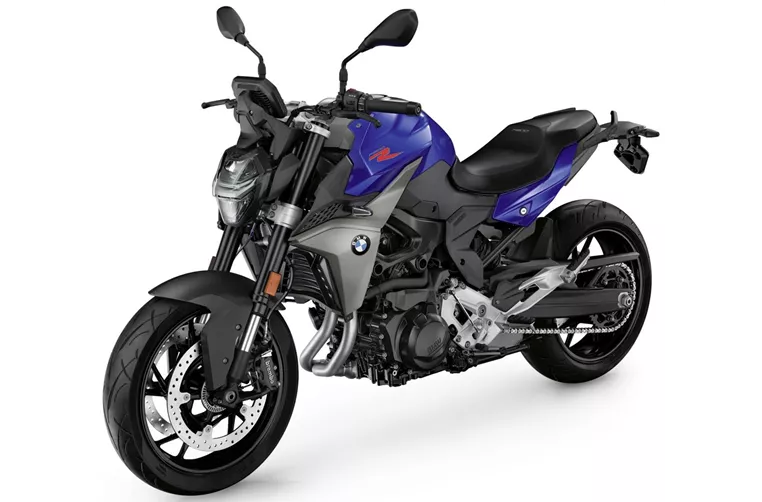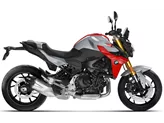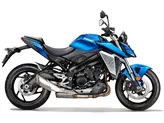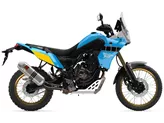Kawasaki Z900 2019 vs. BMW F 900 R 2020

Kawasaki Z900 2019
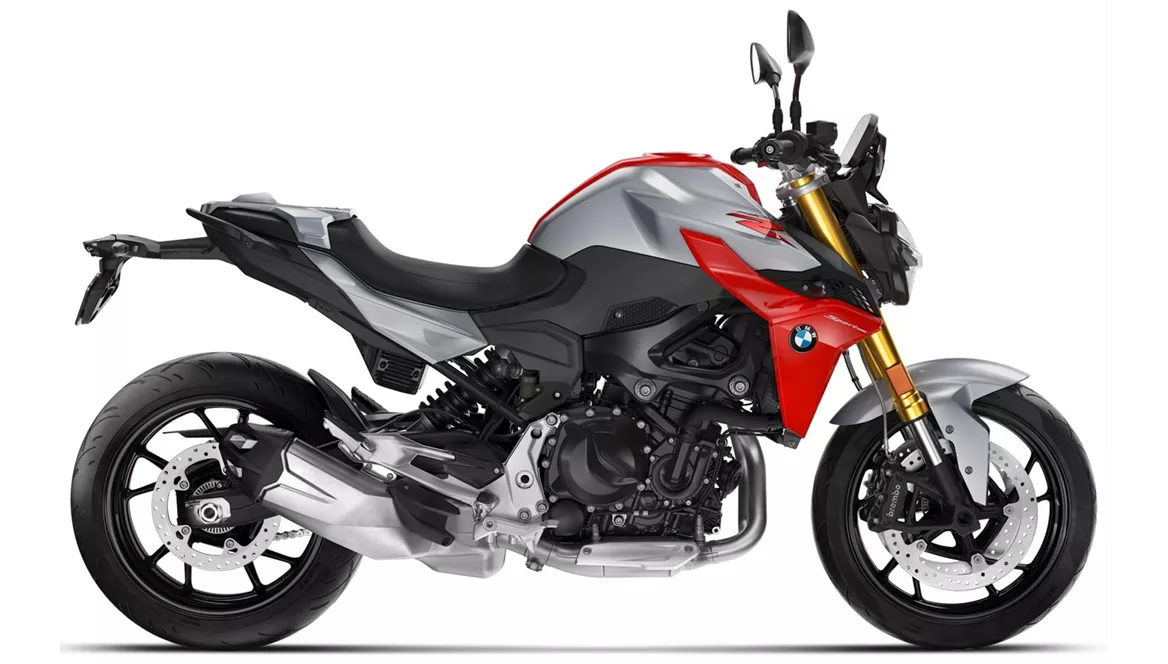
BMW F 900 R 2020
Overview - Kawasaki Z900 2019 vs BMW F 900 R 2020
The Kawasaki Z900 2019 and the BMW F 900 R 2020 are both naked bikes that offer powerful performance and sleek designs. However, there are several key differences between the two models.
In terms of engine specifications, the Kawasaki Z900 2019 is equipped with an inline-four engine that produces 125.4 HP of power and 98.6 Nm of torque. On the other hand, the BMW F 900 R 2020 features an inline-two engine that generates 105 HP of power and 92 Nm of torque. While the Kawasaki Z900 has a larger displacement of 948cc, the BMW F 900 R has a slightly smaller displacement of 895cc. Both bikes have liquid cooling systems to ensure optimal engine performance.
When it comes to suspension, both bikes feature upside-down telescopic forks at the front and swing arms at the rear. The suspension systems on both models can be adjusted for preload and rebound. The chassis of both bikes is made of steel, providing strength and stability on the road. However, the BMW F 900 R has a twin tube frame that also serves as a load-bearing engine, which enhances its overall rigidity.

Kawasaki Z900 2019
In terms of braking systems, both bikes are equipped with double disc brakes at the front. The Kawasaki Z900 has 300mm diameter discs with four-piston calipers, while the BMW F 900 R has slightly larger 320mm diameter discs with four-piston radial calipers. Both bikes feature ABS for enhanced safety and control.
In terms of dimensions and weights, the Kawasaki Z900 has a wheelbase of 1450mm and a seat height of 795mm. It weighs 210kg (with ABS) and has a front tire width of 120mm and a rear tire width of 180mm, both with a diameter of 17 inches. On the other hand, the BMW F 900 R has a longer wheelbase of 1518mm and a slightly higher seat height of 815mm. It weighs 211kg (with ABS) and has the same tire dimensions as the Kawasaki Z900.
Moving on to the strengths of each bike, the Kawasaki Z900 2019 is praised for its light and natural handling, high stability, and silky engine that delivers strong performance from mid revs. It also offers a high level of chassis transparency and great feedback, allowing riders to feel connected to the road. Additionally, the comfortable seating position and fair price make it an attractive option.
On the other hand, the BMW F 900 R 2020 is commended for its easy handling, high stability, and chassis with fine response. The engine is well-behaved and offers a smooth riding experience. The brakes are also highly effective. The bike's seating position strikes a balance between being active and comfortable, and it comes with an extensive list of accessories for customization.
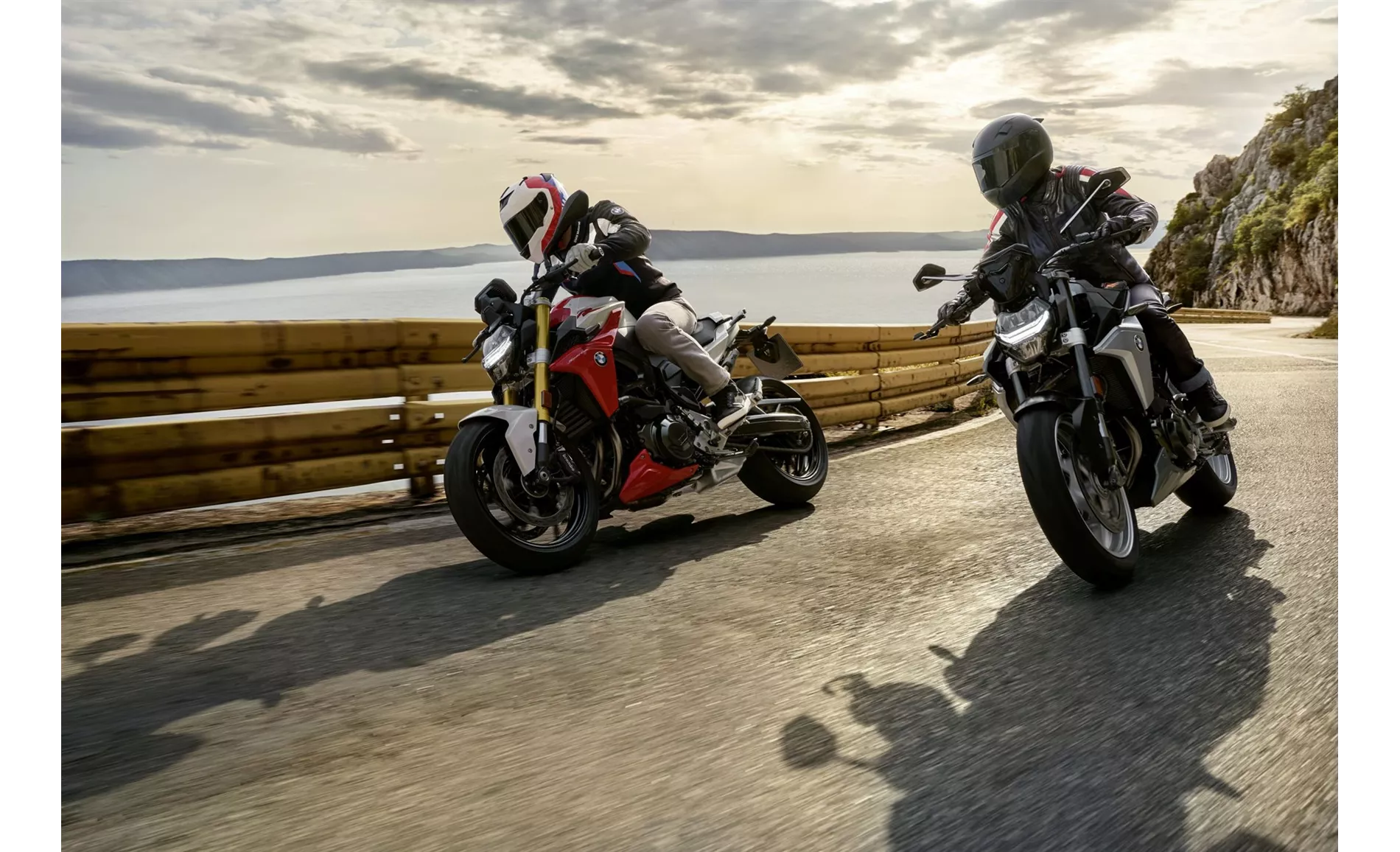
BMW F 900 R 2020
However, both bikes have their weaknesses. The Kawasaki Z900 2019 has a TFT display that is mounted too low, making it less convenient to read while riding. The menu operation can also be cumbersome, and the rearview mirrors offer limited visibility.
The BMW F 900 R 2020 has a smaller fuel tank with a capacity of 13 liters, which may require more frequent refueling on longer rides. However, the engine performance is generally praised.
In conclusion, both the Kawasaki Z900 2019 and the BMW F 900 R 2020 are impressive naked bikes that offer powerful performance and attractive features. The choice between the two ultimately depends on individual preferences and priorities, such as handling, seating position, and available accessories.
Technical Specifications Kawasaki Z900 2019 compared to BMW F 900 R 2020
Pros and Cons in comparison
Pros and Cons in comparison
Kawasaki Z900 2019

Fortunately, the new Kawasaki Z900 has lost none of its character through the use of electronics. It is and remains a playful mid-range naked bike, which at the same time masters the brisk pace on the country road magnificently. The riding pleasure and suitability for everyday use are high, the now installed riding aids offer a plus in safety. Your opponents will have a really hard time from now on.
BMW F 900 R 2020
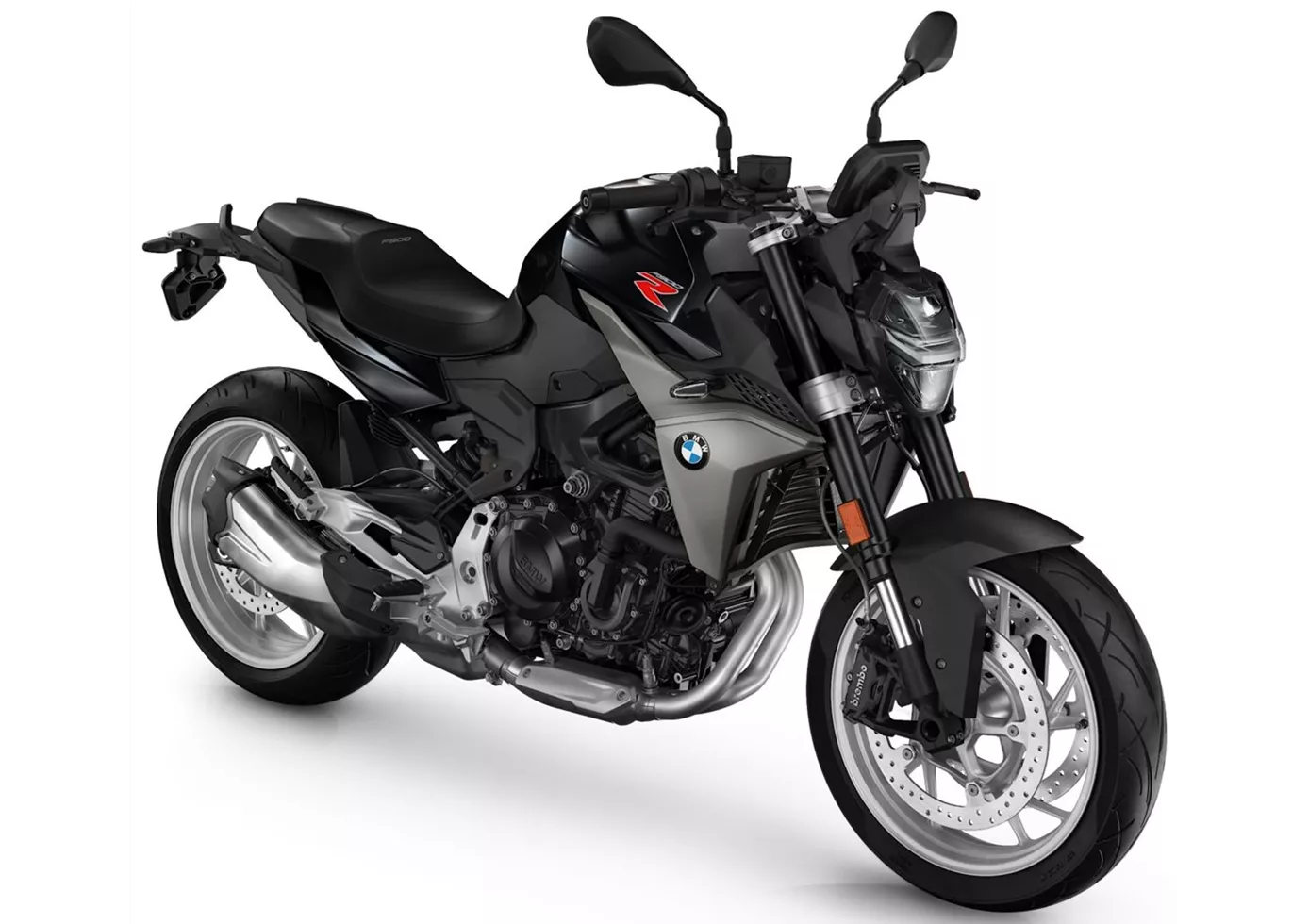
The BMW F 900 R offers easy-to-use cornering fun, enormously high stability, an active yet comfortable riding position and a smooth but also unemotional engine. Those who like it fast and twisty will be happy with it. The possibilities for configuration are almost endless but of course not free of charge.
Price Comparison Avarage Market Price Kawasaki Z900 vs BMW F 900 R
There are a few key differences between a Kawasaki Z900 2019 and a BMW F 900 R 2020. In terms of price, the actual average prices of both motorbikes are almost the same. A Kawasaki Z900 2019 experiences a loss of 230 GBP in one year of ownership. This is offset by a loss of 710 GBP for a BMW F 900 R 2020. Compared to BMW F 900 R 2020 there are more Kawasaki Z900 2019 bikes available on the 1000PS.de Marketplace, specifically 40 compared to 14. It takes less time to sell a BMW F 900 R with 82 days compared to 116 days for the Kawasaki Z900. Since model year 2017 1000PS.de editors have written 46 reviews for the Kawasaki Z900 and 24 reviews for the BMW F 900 R since model year 2020. The first review for the Kawasaki Z900 was published on 11/11/2016 and now has more than 93,200 views. This compares to more than 154,700 views for the first review on BMW F 900 R published on 05/11/2019.

